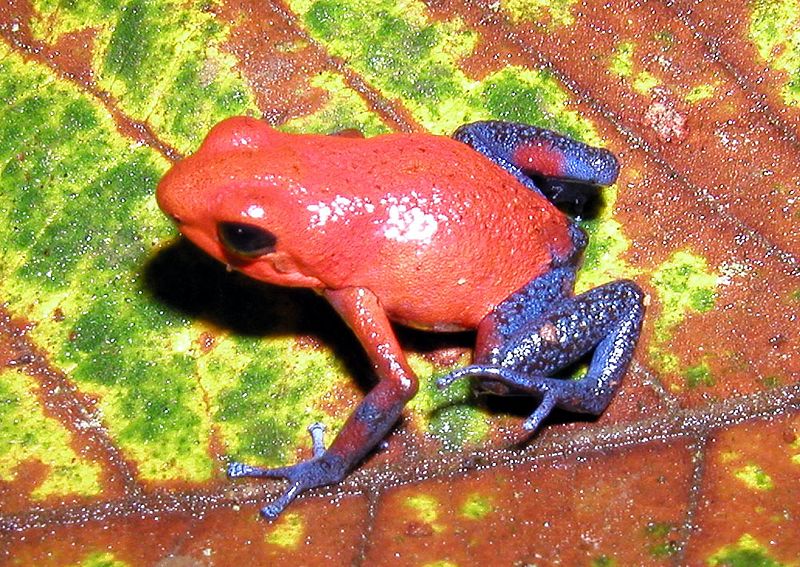As anyone who has attempted to lift one by its tail knows, salamanders and newts can discard these body parts with no ill effect. In time, we learned that they can regenerate not only tails, but also heart, brain and spinal cord tissue…parts of any organ, it turns out, can be regrown. Furthermore, researchers describe the cell regeneration process as “perfect” – normal function is restored, and there is little if any scarring. Salamanders hold special interest for me. I’ve kept a great many species in zoos and at home, have studied several in the wild, and even had the happy opportunity to write two books on their care. I’ve always hoped that we would uncover the key to their mind-boggling abilities. I’m happy to report that a groundbreaking discovery has now given us some answers, and may lead to research of immense benefit to people suffering from a wide range of diseases and injuries.
Why Study Salamanders?
Internally, amphibians and people show many similarities. And while most are aware of the medical significance of frog studies and dissections, few people know that the real amphibian research star is the Mexican Axolotl, Ambystoma mexicanum. Studies of this unusual aquatic salamander have led to important advances many fields, including gene expression, neurobiology and limb/organ regeneration. Read More »
 That Reptile Blog – Reptile, Amphibian and Exotic Pet Care and Information
That Reptile Blog – Reptile, Amphibian and Exotic Pet Care and Information




